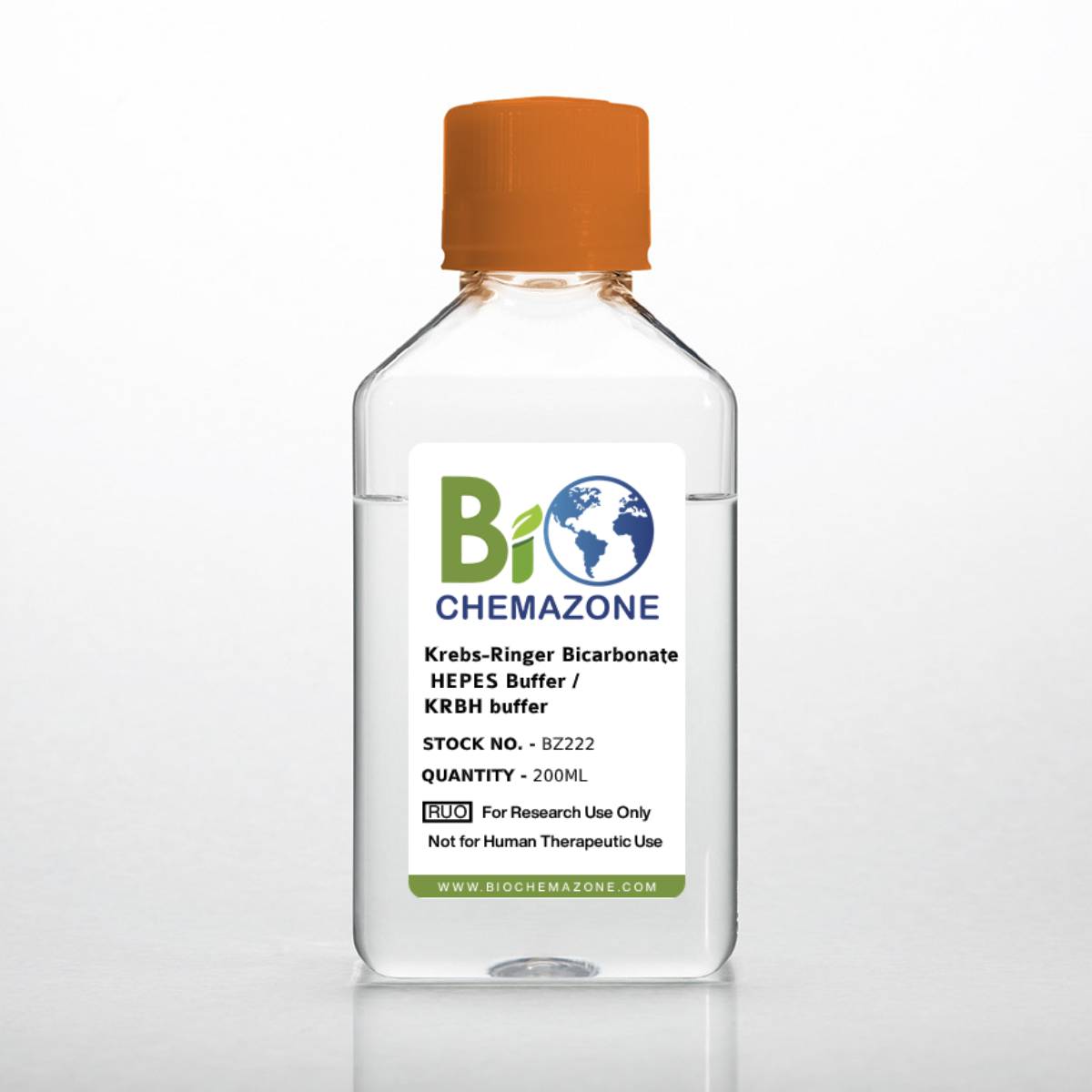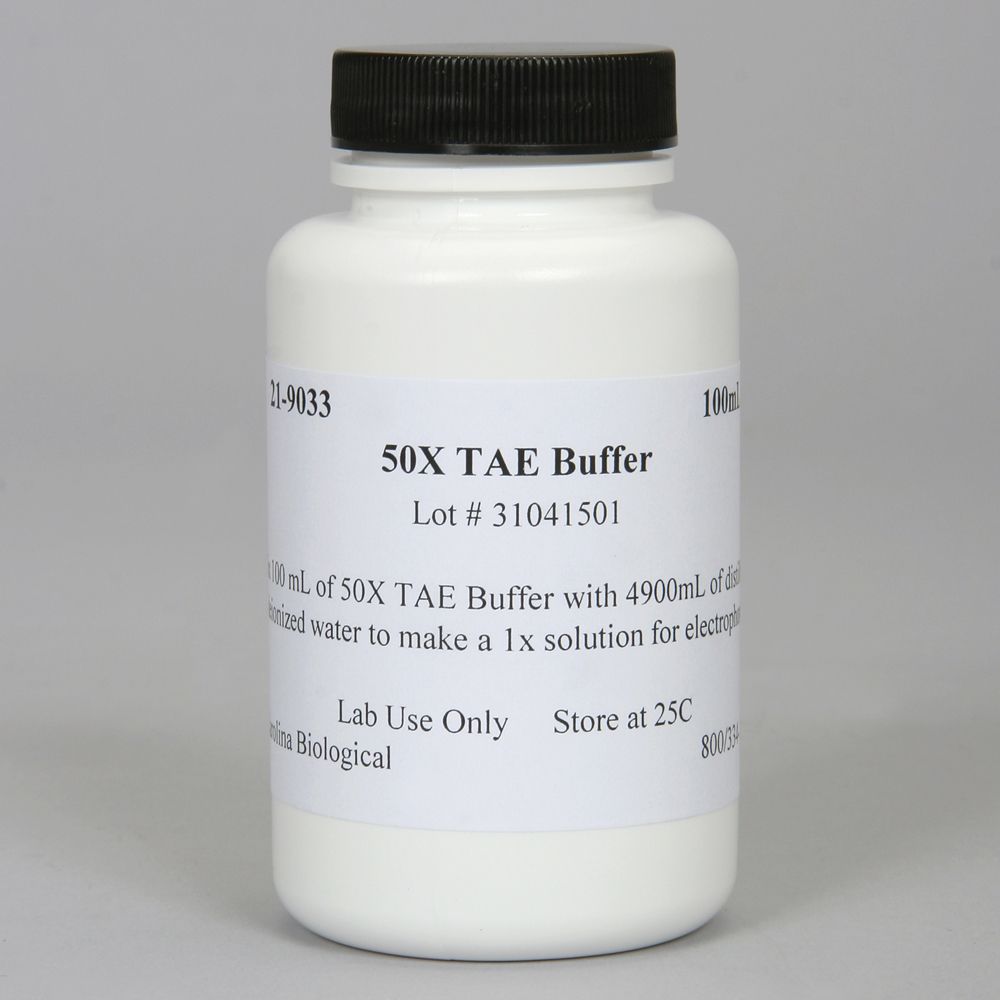Tris EDTA buffer is a versatile and widely used solution in molecular biology, playing a crucial role in maintaining the stability and integrity of biological samples. This buffer is composed of two main components: Tris (tris(hydroxymethyl)aminomethane) and EDTA (ethylenediaminetetraacetic acid), each contributing unique properties to the solution.
Tris acts as a buffering agent, maintaining a specific pH range by resisting changes in acidity or alkalinity. EDTA, on the other hand, functions as a chelating agent, binding to divalent cations (such as calcium and magnesium) and preventing them from interfering with biological processes.
Tris EDTA Buffer Recipe
Tris EDTA buffer is a commonly used buffer in molecular biology. It is composed of Tris base, EDTA, and water. Tris base is a weak base that helps to maintain the pH of the buffer. EDTA is a chelating agent that helps to remove divalent metal ions from the buffer.
This makes Tris EDTA buffer ideal for use in applications where divalent metal ions would interfere with the reaction, such as in DNA extraction or PCR.
Recipe
To prepare 1 liter of 10 mM Tris EDTA buffer, pH 8.0, you will need the following:
- 12.11 g Tris base
- 3.72 g EDTA
- 1 liter of distilled water
- Dissolve the Tris base in about 800 ml of distilled water.
- Add the EDTA to the Tris solution and stir until dissolved.
- Adjust the pH of the solution to 8.0 using 1 M HCl or 1 M NaOH.
- Add distilled water to bring the final volume to 1 liter.
The Tris EDTA buffer is now ready to use. It can be stored at room temperature for up to one month.
Components and their Functions
Tris EDTA buffer is composed of two main components: Tris and EDTA. Tris serves as a buffering agent, maintaining the pH of the solution within a specific range. EDTA, on the other hand, functions as a chelating agent, binding to divalent cations and preventing them from interfering with the buffering capacity of Tris.
Tris as a Buffering Agent
Tris (tris(hydroxymethyl)aminomethane) is a weak base that acts as a buffer by resisting changes in pH when small amounts of acid or base are added. It does this by accepting or donating protons, depending on the pH of the solution.
When the pH is below the pKa of Tris (8.06), it accepts protons and forms the conjugate acid, TrisH+. When the pH is above the pKa, it donates protons and forms the conjugate base, Tris-. This buffering action helps to maintain the pH of the solution within a narrow range, even when small amounts of acid or base are added.
EDTA as a Chelating Agent
EDTA (ethylenediaminetetraacetic acid) is a chelating agent that binds to divalent cations, such as calcium and magnesium, and forms stable complexes with them. By chelating these cations, EDTA prevents them from interfering with the buffering capacity of Tris. Divalent cations can bind to Tris and form complexes, which can reduce the buffering capacity of the solution.
EDTA prevents this by binding to the divalent cations and forming more stable complexes, thereby keeping them from interacting with Tris.
Buffer Properties
Tris EDTA buffer maintains a specific pH range by providing a buffering capacity that resists changes in pH when small amounts of acid or base are added.
The buffer capacity of Tris EDTA buffer is determined by the concentration of Tris and EDTA in the solution. A higher concentration of Tris and EDTA will result in a higher buffer capacity.
Optimal pH Range
The optimal pH range for Tris EDTA buffer is between 7.0 and 8.5. Within this range, the buffer capacity is highest and the pH is most stable.
| Tris Concentration (mM) | EDTA Concentration (mM) | Buffer Capacity (μmol/mL) | Optimal pH Range |
|---|---|---|---|
| 10 | 1 | 20 | 7.0
|
| 20 | 2 | 40 | 7.0
|
| 50 | 5 | 100 | 7.0
|
Applications in Molecular Biology

Tris EDTA buffer finds widespread use in various molecular biology techniques, particularly in DNA-related procedures. Its buffering capacity and chelating properties make it an ideal solution for preserving the integrity and stability of DNA molecules.
DNA Extraction
Tris EDTA buffer plays a crucial role in DNA extraction protocols. The buffer’s high pH (typically 8.0) promotes the disruption of cell membranes and the release of DNA into the extraction solution. EDTA, on the other hand, chelates divalent cations such as magnesium ions, which are essential for the activity of nucleases that can degrade DNA.
This chelation prevents nuclease activity and protects the extracted DNA from degradation.
PCR (Polymerase Chain Reaction)
Tris EDTA buffer is an essential component of PCR reactions. The buffer’s pH (usually around 8.3) provides an optimal environment for the thermostable DNA polymerase enzyme used in PCR. The buffer also contains EDTA, which chelates magnesium ions. Magnesium ions are required for the activity of DNA polymerase, but excessive amounts can inhibit the enzyme.
The chelation of magnesium ions by EDTA helps to optimize the enzyme’s activity and ensures efficient DNA amplification.
Considerations for Use
Tris EDTA buffer is generally stable at room temperature, but factors such as temperature, pH, and contamination can affect its stability and effectiveness. Here are some guidelines for proper storage and handling of Tris EDTA buffer:
Storage
- Store the buffer at 4°C or
- 20°C to maintain its stability.
- Avoid repeated freeze-thaw cycles, as this can lead to buffer degradation.
- Protect the buffer from light by storing it in opaque containers or wrapping it in foil.
Handling
- Use sterile techniques when preparing and handling the buffer to prevent contamination.
- Avoid using metal ions, as they can chelate with EDTA and reduce the buffer’s effectiveness.
- Check the pH of the buffer before use, as changes in pH can affect its buffering capacity.
- If the buffer becomes contaminated or shows signs of degradation, discard it and prepare a fresh solution.
Final Summary

In summary, Tris EDTA buffer is an indispensable reagent in molecular biology, providing a stable environment for DNA and RNA manipulation. Its buffering capacity and ability to chelate divalent cations make it ideal for various applications, including DNA extraction, PCR, and other molecular techniques.
Understanding the components and properties of Tris EDTA buffer is essential for researchers to optimize their experimental conditions and achieve accurate and reliable results.
Q&A
What is the purpose of Tris EDTA buffer?
Tris EDTA buffer maintains a specific pH range and chelates divalent cations, creating a stable environment for biological samples.
How is Tris EDTA buffer prepared?
Tris EDTA buffer is prepared by dissolving Tris base and EDTA disodium salt in distilled water and adjusting the pH to the desired range.
What is the optimal pH range for Tris EDTA buffer?
The optimal pH range for Tris EDTA buffer is between 7.0 and 8.0, depending on the specific application.
How should Tris EDTA buffer be stored?
Tris EDTA buffer should be stored at 4°C and protected from light to maintain its stability and effectiveness.
